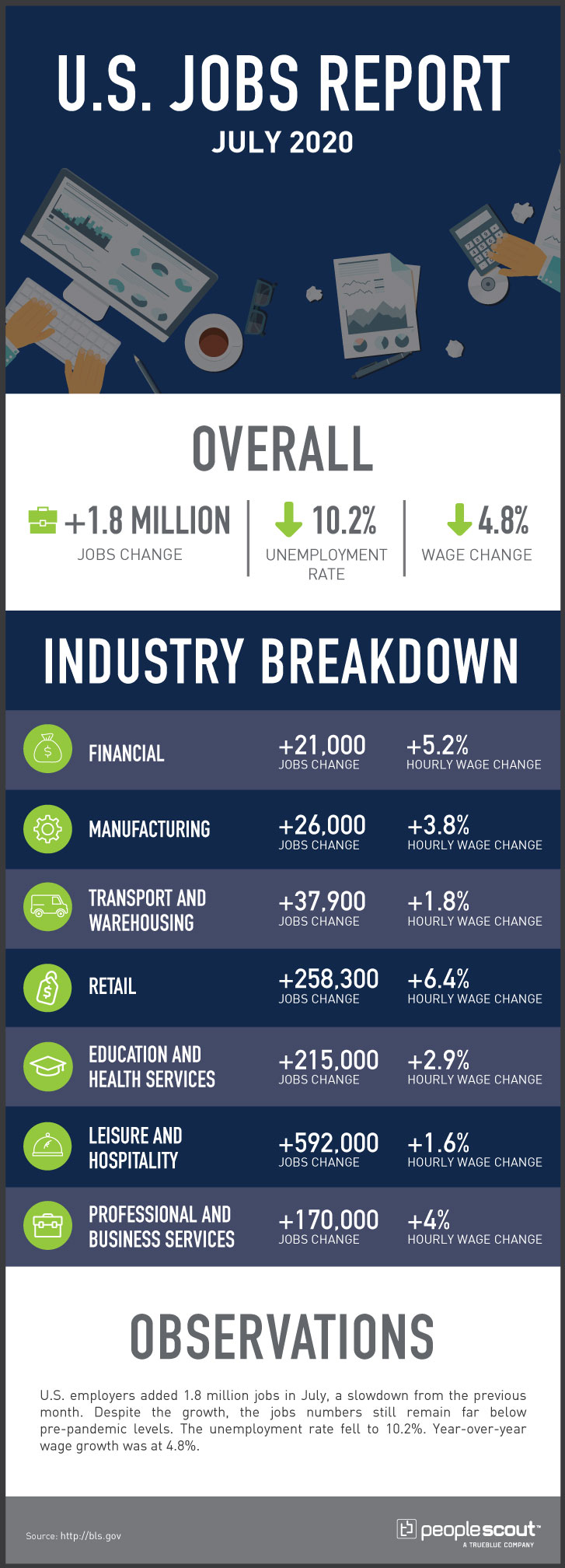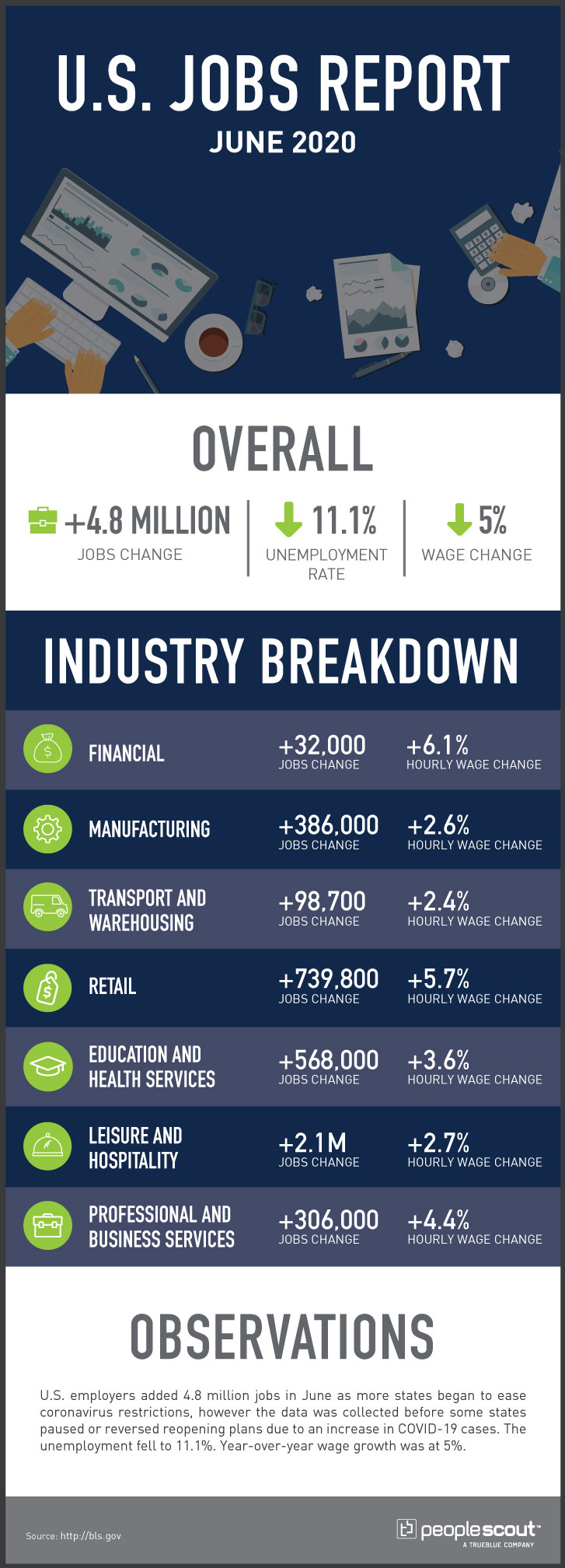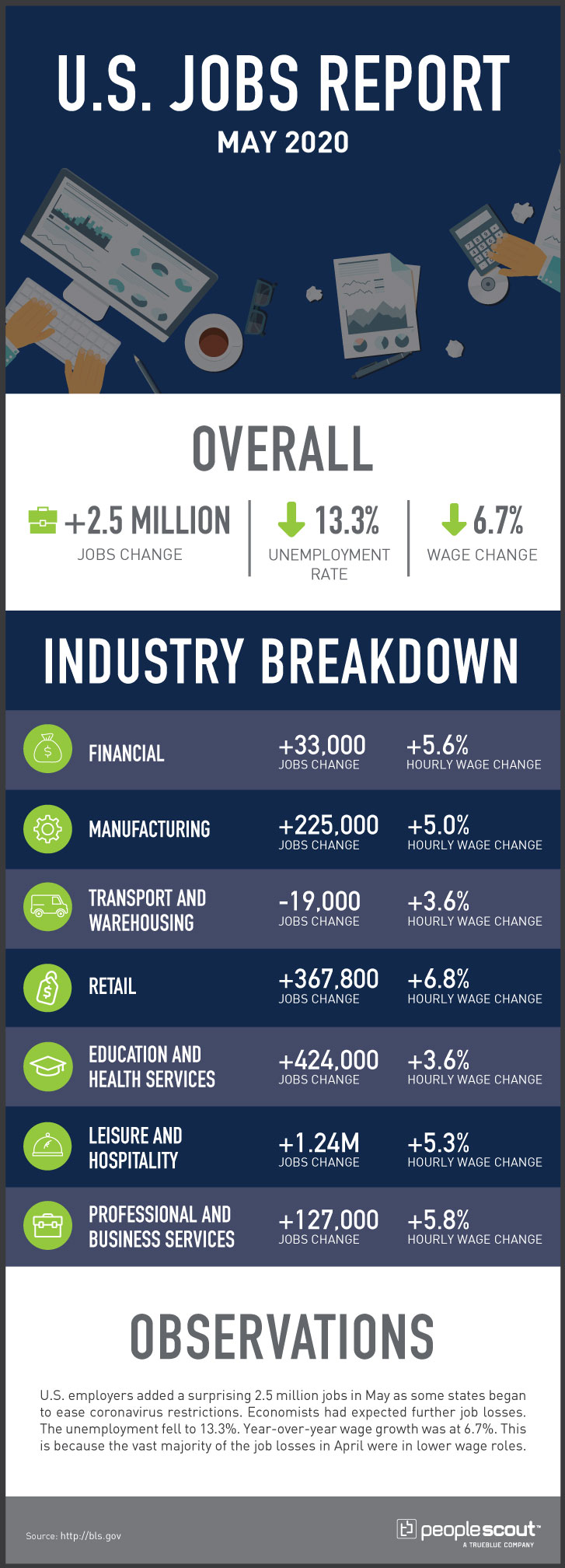The graduate recruitment process has grown increasingly digital in the past few years, but the entire process for 2020 was held online due to the pandemic. However, the virus didn’t create this change; it simply sped up a process that was already happening.
As a graduate resourcing consultant, 2020 is my fourth graduate recruitment cycle. I currently work on the Lendlease team at PeopleScout, supporting our client by sourcing bright minded graduates who will help to shape and deliver the future of the construction and property industry.
And, despite the uncertainty in the world right now, I am confident that this move to digital graduate recruitment will stick.
Graduate Roles are Still Important
Graduates are the future of every business. Lendlease has a two-year graduate program, and the people hired for those roles use that program to grow their skills and experience before moving on to other roles within the business. We have even seen some of those graduate hires grow to become senior leaders at Lendlease.
Furthermore, it is critically important to continue recruiting for graduate roles during this uncertain time. Graduates futureproof the business by bringing in diverse, new talent with different perspectives, new ideas and an understanding of current trends. By actively filling these roles, we are preparing for the future beyond COVID-19.
But, the Graduate Recruitment Process Needs to Change
Normally, the planning for a graduate recruitment cycle begins in the previous year. For 2020, we started planning in November and December of 2019. We prepare through January and February, and then the campaign goes live in March. In previous years, we would attend career fairs, flying to different universities and presenting information about Lendlease in person. Throughout the next few months, candidates would apply and interview online, and finally attend an in-person assessment center.
But, in 2020, we needed to adapt rapidly. We stuck with our normal timeframes, but moved the entire process online – career fairs and assessment centers included. Earlier this year, I attended one of the virtual career fairs.
The fair was run by a university, and nearly 1,500 students registered. We advertised on social media to get students excited to speak with Lendlease. On the day of the fair, about 300 students visited the digital booth – making it one of the most popular. I was able to present to larger groups of students at once – something that isn’t possible at a traditional booth. Students also came with questions, which I was able to answer and talk with them about one-on-one.
The virtual fair I attended was held using Zoom video technology, along with the help of a third-party provider to ensure everything ran smoothly on the day of the event. Each employer had a unique booth and logo, so students could easily identify them and talk with employer representatives. Many graduates registered to come talk with us, allowing us to target hundreds of students in just three hours without having to travel.
Best Practices to Make the Transition Smooth
For the process to be successful, consider the types of technology you use. For virtual career fairs, the university may already have a preferred platform. However, you will still need to consider virtual interviews and virtual assessments. At PeopleScout, we use Affinix™, our proprietary talent technology. With Affinix, we can schedule and conduct virtual interviews – live or recorded – on a candidate’s own time.
Likewise, it is important to focus on communication. Graduates want to hear from you. Something as simple as a message to check in can be powerful. Communicating with candidates, even if it means admitting you don’t have all the answers, builds trust in an uncertain time.
Graduate Recruitment Won’t Go Back
With the COVID-19 crisis, we are always facing new surprises. However, with graduate recruitment, the surprise was how well the process worked – even with changes taking place under a tight timeline. We had to adapt quickly, but we saw that the digital process works. Students responded well to online career fairs. We saved money by avoiding air travel and lodging. We communicated with and assessed candidates in ways that kept everyone safe.
Based on our experience, 2020 won’t be a one-off year in which graduate recruitment looks different than normal. It will be the first year where digital graduate recruitment is normal.






